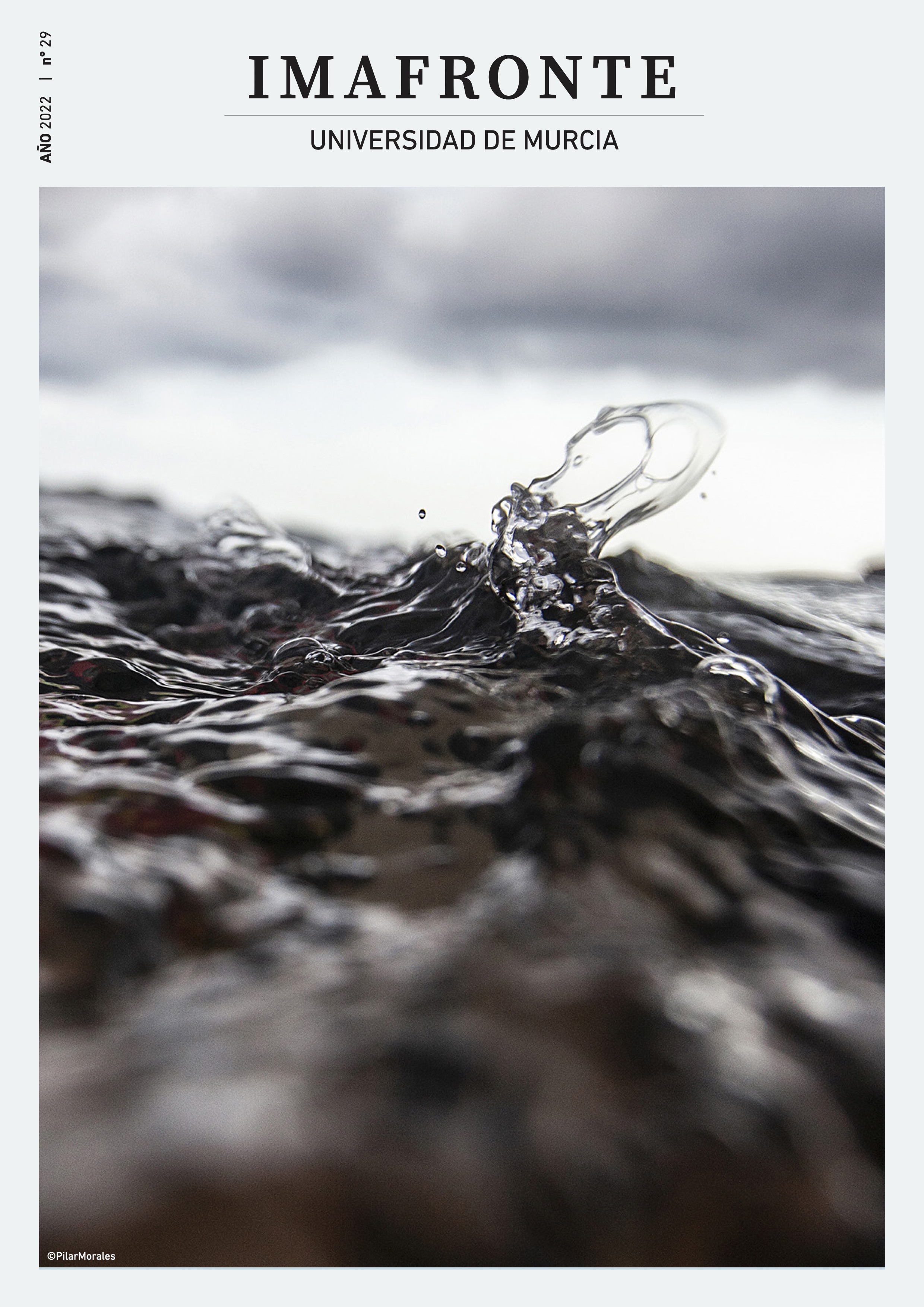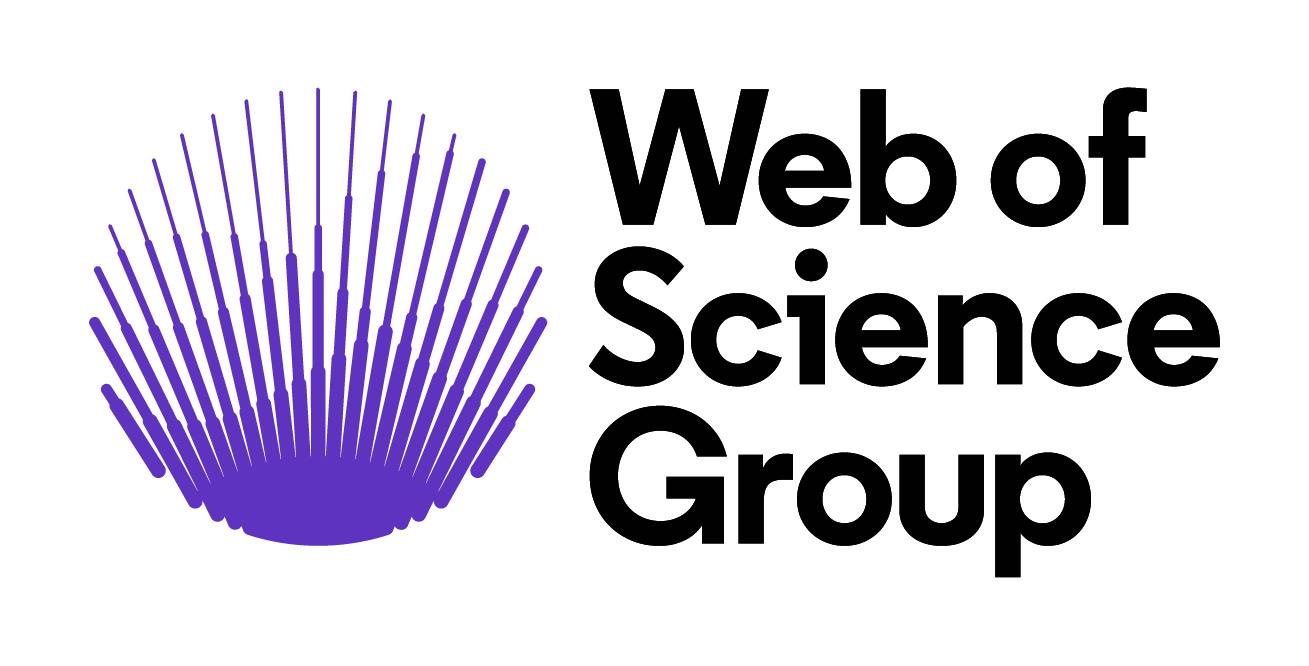Soulages, Michaux, Malraux and Vieira da Silva, friends and inspirers of Zao Wou-ki
Abstract
Zao Wou-Ki (1921-2013) is a Chinese painter with a universal reputation. Because of the conventionalism of art in China, he decided to settle in Paris. It is known that there he started thanks to the art of Cézanne and Klee, Zao begins to sublimate the Chinese tradition: the sign and the qui, as his style in his work, but I guess there is something more.
When he arrived in Paris, Zao gets to meet many emerging artists who leave their mark on the History of Art. They must be the pointers of the artistic path. They also contributed to him to recover his root in his art through collaboration, but there is not much research, for the reason I address it. The fact that Zao worked to dedicate the works to numerous poets after the collaboration with Henri Michaux reminds me of the Chinese aesthetic "coincidence between poem and painting". I analyze his collaborations with poets to investigate such a concept in his art. Another part to develop the qui, the Chinese pictorial space, I consider that Zao took the spark from Pierre Solaces. Soulages shared the idea of space and light with Zao, so I analyze his dialogues.
Downloads
-
Abstract1350
-
PDF (Español (España))770
-
EPUB (Español (España))125
References
Abadie, D. (1989). Zao Wou-Ki en Zao Wou-Ki, Barcelona: Polígrafa. 7-18
Barmann M. (1998). Klee en Túnez: la peregrinación a las fuentes en Paul Klee, Valencia: Instituto de Valencia de Arte Moderno. 53-67
Bascón Maqueda M. (2013), Maria Helena Vieira da Silva. La obra de la artista a través del conocimiento de su vida, Sevilla: Padilla Libros editores & Libreros. 156, 162
Cheng F. (1981), Zao Wou-Ki ron en Zao Wou-Ki ten: Aburae to sumie. Tokio: Kokusai bunka kyōkai. sin página
Contensou M. (1989) Life into work en Zao Wou-Ki: Barcelona: Polígrafa, 19-32
Fréches J (2007), La inspiración y el alma, en Zao Wou-Ki. Obras/Escritos/Entrevistas, Barcelona: Polígrafo. 9-79
Fernández Molina A. (1980). Henri Michaux, realización de lo visionario en Henri Michaux. Zaragoza: Caja de Ahorros y monte de piedad de Zaragoza, Aragón y Rioja. 11-13
Gállego J. (1991): “Penélope e Helena” en Vieira da Silva. Madrid: Fundación Juan March. 11-17
Fernández del Campo E. y Sanz Giménez S en Arte chino contemporáneo: San Sebastián
Frontisi C. (1998). Klee en Túnez: la peregrinación a las fuentes en Paul Klee, Valencia: Instituto de Valencia de Arte Moderno. 39-52
Guion, E. (2001) Trayectoria de Zao Wou-Ki en Zao Wou-Ki. Valencia: Institut Valencià d'Art Modern, 11-17
Herbert R. (1984). La historia de la pintura moderno. Barcelona: Ediciones del Serbal
Huser F. (2001). “La conquista de la luz”, en Zao Wou-KI. Institut Valencià d'Art Modern Valencia, 18-24
João Fernandes M. (1991) A pintura de Vieira da Silva: Cintilações e sóis en Vieira da Silva. Madrid: Fundación Juan March 18-26
Jean-Clarence, Lambert. (1991) “Sugai”, Barcelona : Polígrafa.
Johnson Sweeney J. (1972). Pierre Soulages, en Soulages Neuchatel: Ides et Calendes, 5-29
Johnson Sweeney J. (1975). Pierre Soulages en Soulages Salas de exposiciones de la dirección general del patrimonio artístico y cultural. Madrid: Patrimonio artístico y cultural, sin página
Lambert, Jean-Clarence, Sugai, Barcelona: Polígrafa
Leymarie J. (1980). Zao Wou-Ki, Barcelona: Polígrafa
Marquet F. (documentación) (1980). Biografía. en Zao Wou-KI. Barcelona: Polígrafa. 308-312
Marquet F. y Hendgen, Y. (2004). “Nenpu” (córnica personal), en Zao Wou-Ki, Breadgestone Museum, Tokio, página 183-193
Maspero H. (2000). El taoísmo y las religiones chinas. Valladolid: Simancas
Nakamura, N. (1994). Tōzai bijutsu-shi. Tokio: Iwasaki bijutsu-sha
Nihon bijutsu kyokai (una asociación de arte). (1999) Art of our time: Takamatsu no miya denka kinen sekai bunka-sho no 10nen. Tokio: Nihon bijutsu kyoukai
Ōoka M. (1983). Henri Michaux -Sonzai no arufabetto no tankyū, en Henri Michaux ten zuroku, Tokio¨: Seibu bijutsukan, 18-24
Pacçuement A. (1989). Henri Michaux, realización de lo visionario en Henri Michaux, Zaragoza: Caja de Ahorros y monte de piedad de Zaragoza, Aragón y Rioja. 7-8
Pellegrini A, Nuevas tendencias en la pintura, Muchnik editores, Buenos Aires, 1967, 73
Soulages P., Zao W. y Haga T. (1958(03)). (Mesa redonda), Souzō to dentō en Sansai (97). 20-31
Preciado Idoeta I. (2006). Los libros del Tao. Tao te ching. Madrid: Torotta
Ragon M. (1962). Bi no zenē tachi. Tokio: Bijutsu shuppan
Ragón M. (2007). Entrevista con Zao Wou-Ki en Zao Wou-Ki. Obras/escritos/entrevistas. Barcelona: Polígra. 101-119
Takiguchi S. (1955). Abusutorakuto a-to undō - sho to gendai kaiga en Shodō kouza7 Gendaibun Zenei-sho, Tokio: Nigen-sha, 82-86
Ucciani L. (2001). Zao Wou-Ki en “Zao Wou-Ki”. Valencia: Instituto Valencia del Arte Moderno. 25-37
Westgeest H. (1997). Zen in the fifties: interaction in art between east and west. Zwolle y Amstelveen: Wannders Publishers y Cobra Museum voor modern kunst.
Zao W. (1958(03)). Fransu ni kika suru chūgoku gaka no shuki. Geijutsu Shinchō, 9, 31-41
Zao W. y Marquet F. (2004), Autoportrait, Faryart
Copyright (c) 2022 Imafronte

This work is licensed under a Creative Commons Attribution-ShareAlike 4.0 International License.
1. The authors non-exclusively assign the exploitation rights (reproduction, distribution, communication and transformation) to the magazine.
2. The works published in this magazine are subject to the Attribution-ShareAlike 4.0 International license (CC By SA 4.0). Therefore, they can be copied, used, disseminated, transmitted and publicly displayed, provided that:
i) the authorship and the original source of its publication (journal, editorial and URL of the work) are cited, thus allowing its recognition.
ii) it is allowed to remix, transform or create from the material while maintaining the same license as the original.

3. Self-archiving conditions. Authors are allowed and encouraged to electronically disseminate the pre-print (version before being evaluated) and/or post-print (version evaluated and accepted for publication) versions of their works before publication, as it favors their publication. Earlier circulation and diffusion and with it a possible increase in its citation and reach among the academic community. Color RoMEO: verde.






















